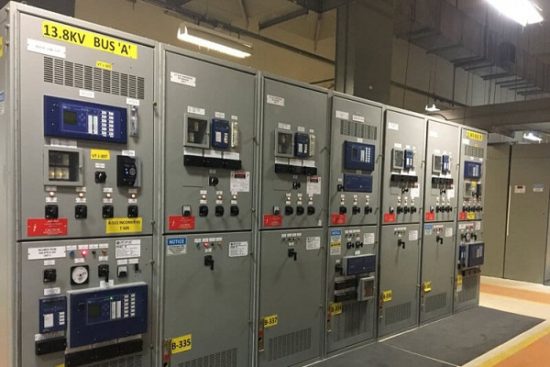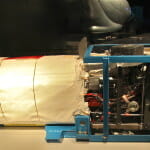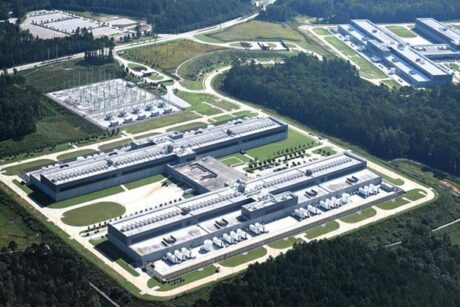No data found for Custom Course Number
No data found for Custom Course Units
Intended Audience: electrical and civil engineers and designers, construction professionals as well as utility company management
PDH UNITS: 4
This course presents an overview of modern electrical substations, emphasizing their importance for reliable and effective operation of power systems, describing all major, auxiliary and control equipment, listing typical engineering issues associated with substation design and engineering and providing recommendations for addressing these issues. The whole course consists of three sections: Section 1: Mission of Electrical Substations and their Main Components Section 2: Electrical Substation Auxiliary and Control Systems Section 3: Electrical Substation Engineering Aspects Part 2 of this course series is presented herein. It starts with an overview of relay protection philosophy and main components of relay systems, followed by description of most popular types of protection schemes, including their principles of operation, advantages and disadvantages. Different types of communication channels for relay protection systems are considered as well, including their arrangement and comparison of pros and cons. The next section of this course covers metering systems, including types of meters, heir connections to power system instrument transformers and explanations of real electrical quantities calculations based on metering equipment readings. The last section of the course is describing substation auxiliary AC and DC power systems as well as alarm and remote control systems, concentrating on their functions and arrangement. All explanations are supported by numerous drawings and photos illustrating control equipment operating principles and arrangement. Several problems with solutions are provided as well to improve the retention of material.
- Understanding the role that substation auxiliary and control systems play in allowing all station equipment to function properly and by that fulfilling the main substation mission to support reliable and effective operation of power systems
- Understanding the mission and operation principles of the following systems:
- Relay Protection
- Metering Systems
- Auxiliary AC/DC Power Systems
- Station Alarm and Remote Control Systems
- Familiarizing with the arrangement of all substation auxiliary and control systems, their advantages and disadvantages.
Learning Objectives
In addition, after completing this part of the course, you’ll be able:- Describe the mission of relay protection systems and criteria they need to meet
- List types of relay protection schemes
- Explain what breaker failure protection and reclosing are for
- Identify the main components of power line carrier communication system
- Understand the principle of signal transmission using fiber optic cable
- Know the difference between analogue and digital types of metering equipment
- Calculate a real value of electrical system parameters using readings of meters and instruments
- Know the mission and main components of auxiliary A.C. and D.C. systems
- List types of conditions triggering station alarm
Once completed, your order and certificate of completion will be available in your profile when you’re logged in to the site.









